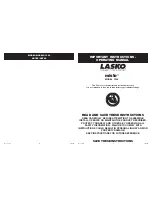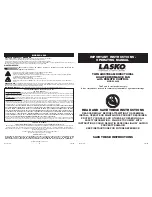
A–35
1
2
3
4
5
6
A
çi
8. RATIO, dB, dBm & dBV
(1) Ratio and dB
There are two ways of comparing values: by ratio and by dB indication
(logarithm indication).
Fig. A-36 Input and Output
When the power is compared on a circuit such as the above (Fig. A-36),
the ratio becomes
Take the common logarithm of this ratio and multiple it by 10 times:
This is called dB (decibel). Transforming the above equation results in the
following:
If the input and output impedance are equal, then the above equation
changes as follows:
The same applies to the current ratio
When these ratios of power, voltage and current are greater than 1, the dB
value is a positive value. When they are smaller, the dB value is a negative
value. So, a positive dB value expresses gain while a nagative dB value
expresses attenuation.
• Practical dB values
The following advantages are obtained from the logarithmic characteris-
tics.
Po
[times]
Pi
10 log
10
Po
[dB]
Pi
10log
10
Eo
2
/Zo
[dB]
Ei
2
/Zi
10 log
10
Eo
2
[dB]
=
20 log
10
Eo
[dB]
Ei
Ei
20 log
10
Io
[dB]
Ii
Zi
Ei
Pi
Ii
Io
Zo
Eo
Po
Circuit
network
where
: Input power
: Input voltage
: Input current
: Input impedance
Pi
Ei
li
Zi
: Output power
: Output voltage
: Output current
: Output impedance
Po
Eo
Io
Zo
















































